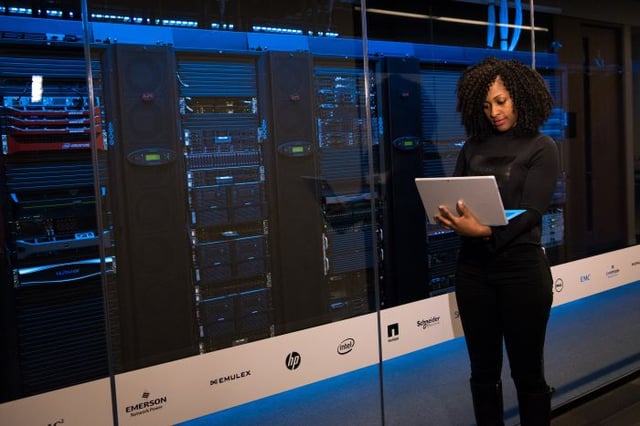One of the fundamental issues with distributed computing has been that in order to scale any application, it generally requires the addition of another server. But deploying that server obviously takes a fair amount of time to provision, which tends to make distributed computing a little cumbersome. A new startup called Translattice wants to make […]
One of the fundamental issues with distributed computing has been that in order to scale any application, it generally requires the addition of another server. But deploying that server obviously takes a fair amount of time to provision, which tends to make distributed computing a little cumbersome.
A new startup called Translattice wants to make that scalability issue a thing of the past with a new platform that scales simply by adding another server node that is dynamically discovered and provisioned by the operating environment.
According to Translattice CTO Michael Lyle, the Translattice Application Platform 2.0 can span 20 nodes, each of which can consist of a processor with 12 cores. The platform then manages all the application workloads that are distributed across all the nodes in the system, which IT organizations can add as they see fit whenever they need to add more capacity.
To accomplish that goal, the Translattice system is homogenous in that it comes with a relational database, application server, storage and load balancing tools all tightly integrated within the system, as opposed to requiring IT organizations to acquire and manage what Lyle says should be seen as components of a system rather than standalone products.
Lyle says the real problem with distributed computing as we know it today is that it is unsustainable. The complexity of managing the overall environment not only adds costs in terms of the amount of labor required to manage it, but the platforms themselves are not truly elastic. These issues, says Lyle, ultimately serve to hamper the deployment of true cloud computing environments because the servers running the applications today can scale up but not out. As such, distributed servers as we know them today are elastic only to a point.
It’s too early to say whether Translattice will unseat the like of IBM, Oracle and Hewlett-Packard. But the Translattice Application Platform is indicative of where distributed computing systems are headed along with the future of IT management.
MV
Michael Vizard is a seasoned IT journalist, with nearly 30 years of experience writing and editing about enterprise IT issues. He is a contributor to publications including Programmableweb, IT Business Edge, CIOinsight and UBM Tech. He formerly was editorial director for Ziff-Davis Enterprise, where he launched the company’s custom content division, and has also served as editor in chief for CRN and InfoWorld. He also has held editorial positions at PC Week, Computerworld and Digital Review.








